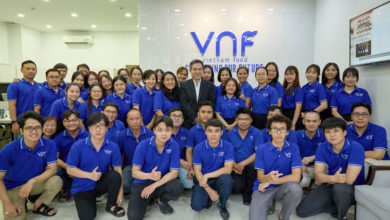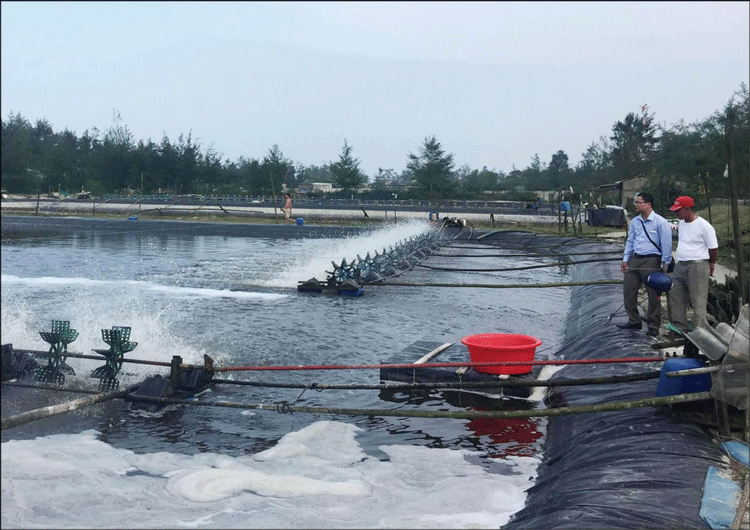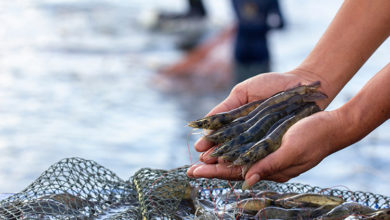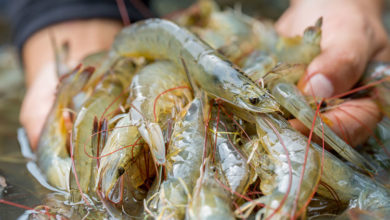Waste-free shrimp farming: A major achievement for the aquaculture sector
The three-phase super-intensive whiteleg shrimp farming model, employing water recirculation technology, has been successfully piloted in multiple localities across Ca Mau province.
Pioneering waste-free shrimp farming
Aquaculture is one of Vietnam’s key strengths. However, the sector’s rapid expansion in recent years has led to alarming levels of environmental pollution. Recognizing this, government agencies, aquaculture companies, and shrimp farmers are urgently seeking solutions for wastewater treatment. In the Mekong Delta region, where shrimp farming occupies significant acreage, efforts are underway to research and implement waste-free shrimp farming models for sustainable development.
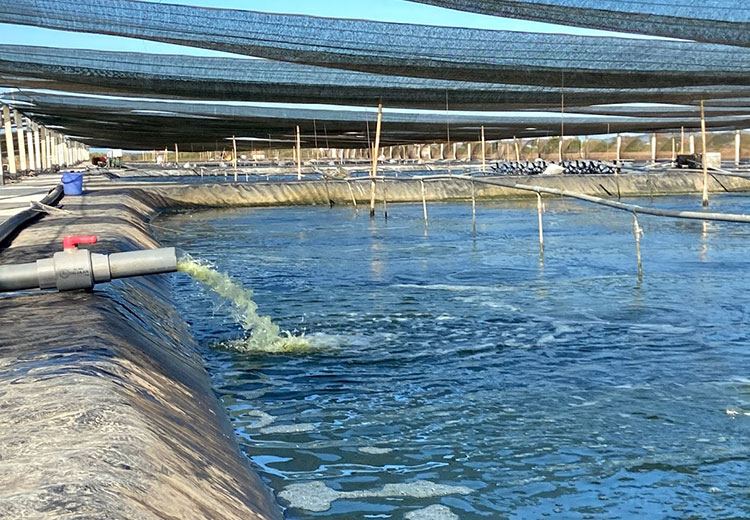
Industrial shrimp farming in Ca Mau has seen substantial growth, but environmental awareness among farmers remains limited. Consequently, environmental pollution, including untreated waste accumulation, poses significant risks to ecosystems and public health. Waste materials such as sludge, uneaten feed, and shrimp excreta generate harmful toxins over time. Additionally, untreated wastewater from farms and processing facilities often contaminates nearby areas, impacting human and animal health.
To address these challenges, the Ca Mau Department of Science and Technology, in collaboration with the Research Institute for Aquaculture No. II, has successfully piloted a waste-free shrimp farming model in the districts of Cai Nuoc and Dam Doi. Known as the super-intensive three-phase whiteleg shrimp farming model, it utilizes water recirculation technology with minimal water replacement and emphasizes biosecurity. This initiative marks the first such investment and testing in the province.
Phan Tan Thanh, Director of the Ca Mau Department of Science and Technology, stated that the department had proposed a state-level research project on water recirculation and sludge treatment in super-intensive shrimp ponds. Since 2022, the department has been piloting the three-phase waste-free farming model, which has proven effective in protecting water quality and the surrounding environment.
Implemented under the “3R for Climate-Smart Aquaculture in Vietnam’s Mekong Delta” project, this model has significantly alleviated concerns about water pollution. Farmers in Cai Nuoc district have reported enhanced productivity, reduced chemical treatment costs, and minimized water replacement expenses. Shrimp yields have increased by over 20% compared to conventional methods.
According to Huynh Thai Nguyen, a farmer in Cai Nuoc district, the recirculating system has not only improved shrimp growth but also reduced input costs, such as labor and water treatment chemicals. The closed-loop system effectively manages disease outbreaks and safeguards the external environment by eliminating wastewater discharge.
This model requires approximately 4,500 square meters for farming ponds and holding tanks, supported by a water recirculation system that includes algae and fish ponds. While the initial investment cost of VND 2.1 billion—three times higher than traditional methods—may seem prohibitive, the technology offers a 30% higher profit margin, improved environmental control, and higher survival rates.
Although this innovative system reuses over 90% of water, there remain risks of cross-contamination from shared tools and equipment during different farming stages. Strict sanitation protocols and designated tools are essential for minimizing these risks. Moreover, external water sources must be sterilized, and biosecurity measures must extend to workers and visitors to prevent pathogen introduction.
A milestone for the shrimp industry
Le Dang Thanh of the Dam Doi Agriculture and Rural Development Office emphasized that this waste-free technology could boost shrimp yields to 60–70 tons per hectare per cycle, with 6–8 cycles annually. The model also aligns with global trends by reducing carbon emissions per kilogram of shrimp and eliminating chemical or antibiotic residues in farmed shrimp, ensuring consumer safety.
Despite the high initial costs, the Ca Mau Department of Science and Technology has proposed establishing a science and technology development fund to offer low-interest loans for farmers to adopt the model. Phan Tan Thanh confirmed that further trials will refine the technology before scaling it up province-wide. The ultimate goal is to achieve sustainable growth and environmental protection within the shrimp farming industry.
VFM


